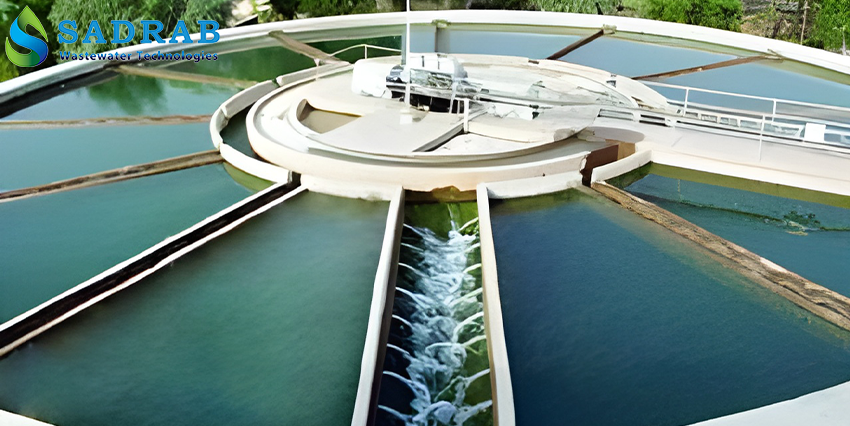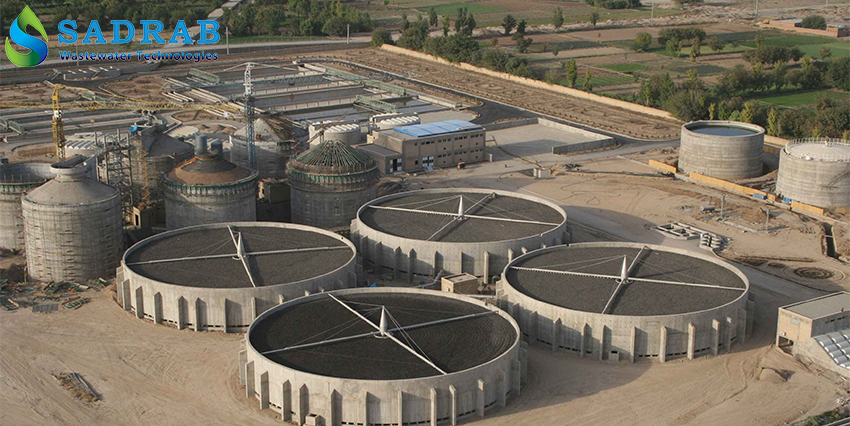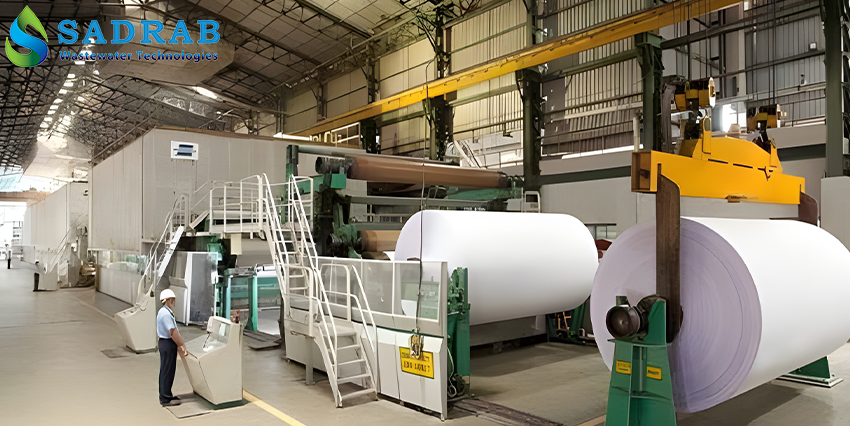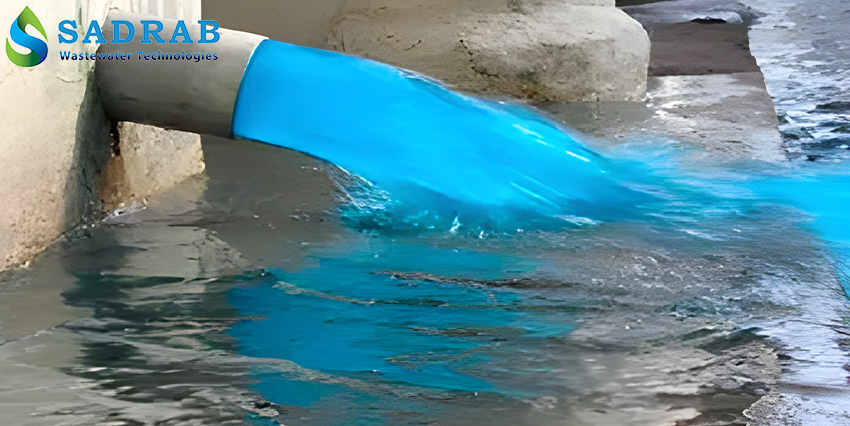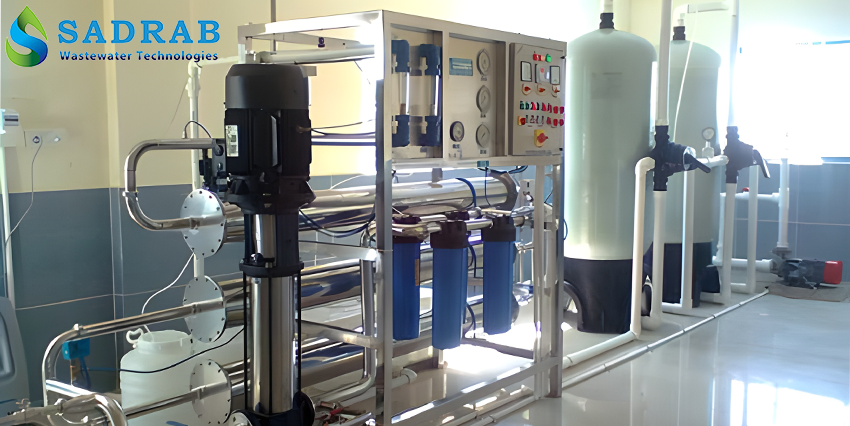Design and Implementation of Urban Wastewater Treatment Plants
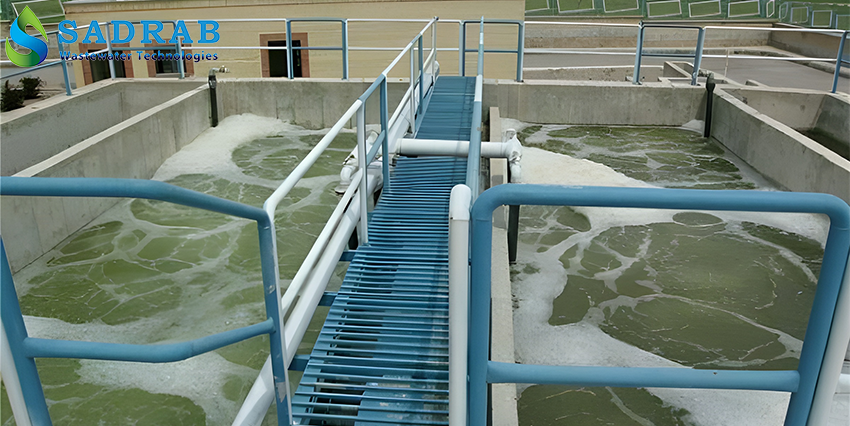
Features of Design and Implementation of Urban Wastewater Treatment Plants:
- 100% Custom Design for Each City and Region
- Use of state-of-the-art technology in urban wastewater treatment
- Fast implementation with minimal operational costs
- Complete removal of organic pollutants, nitrogen, and phosphorus
- Capability for water recycling and reuse
- Easy installation without the need for complex infrastructure
- Optimized energy consumption and reduced maintenance costs
- Guaranteed output quality according to environmental standards

Specialized support and consulting services

Customized solutions for clients

Guaranteed quality and product performance

Expertise in wastewater treatment technologies
Additional Information
Design and Implementation of Urban Wastewater Treatment Plants: Professional Solutions for Wastewater Management
The design and implementation of urban wastewater treatment plants is one of the most important actions in managing urban wastewater, playing a key role in protecting the environment and public health. Urban wastewater treatment aims to remove pollutants from municipal sewage and either recycle the water or dispose of it safely. In this article, we comprehensively examine various aspects of urban wastewater treatment plant design and implementation, analyze the nature and types of urban wastewater, explain the technical aspects of treatment processes, and evaluate solutions such as the Wastewater Treatment Package, urban wastewater treatment devices, and services provided by the sadrab Wastewater Treatment Company.
Nature and Types of Wastewater in the Urban Sector
Urban wastewater has diverse characteristics due to the variety of its sources, and understanding these is essential for the design and implementation of urban wastewater treatment plants. The types of urban wastewater include:
Domestic Wastewater:
Generated from daily activities such as washing, cooking, and hygiene, containing organic matter (high BOD), nitrogen, and phosphorus.
Commercial Wastewater:
Produced by restaurants, hotels, and commercial centers, often containing fats, oils, and suspended solids (TSS).
Light Industrial Wastewater:
Limited discharges from workshops or small industries that enter the urban sewage network and may contain chemicals.
Stormwater and Urban Runoff:
In cities with combined sewer systems, this wastewater contains suspended particles, surface pollutants, and sometimes heavy metals.
Sanitary Wastewater:
Includes human waste that requires pathogen removal and nutrient elimination during urban wastewater treatment.
This variety in urban wastewater necessitates multi-stage treatment systems, which are designed and implemented by specialized wastewater treatment companies such as sadrab.
Suggested Article: What is a Hospital Wastewater Treatment Package and How Does It Work?
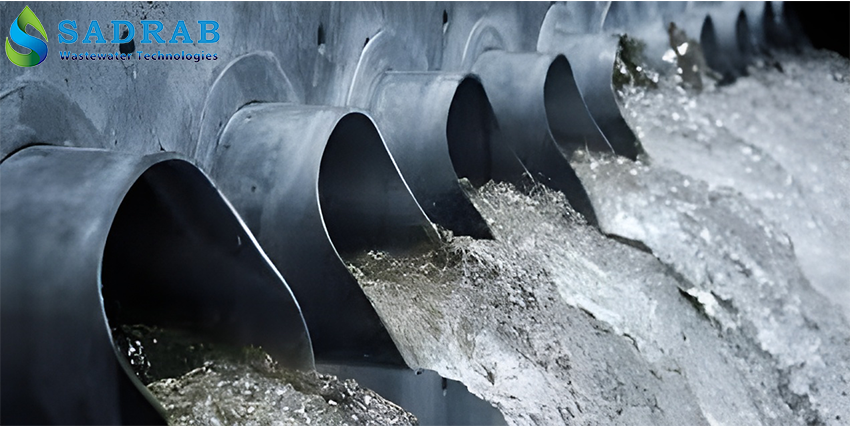
Design and Implementation of Municipal Wastewater Treatment Plants: Importance and Challenges
The design and implementation of municipal wastewater treatment plants is a complex and critical process due to the high volume of municipal wastewater and the diversity of pollutants. Improper management of municipal wastewater treatment can lead to the pollution of rivers, lakes, and groundwater sources, threatening public health. Challenges such as seasonal variations in wastewater flow, high costs, and the need for advanced technologies make this process even more difficult.
Sadrab, as a leading wastewater treatment company, manages the challenges of designing and implementing municipal wastewater treatment plants by offering solutions such as municipal wastewater treatment units and wastewater treatment packages. These solutions enable the efficient removal of pollutants and water recycling.
Wastewater Treatment Package: An Efficient Solution for Small Urban Areas
Wastewater treatment packages are a flexible option for treating municipal wastewater in low-population areas or townships. These packages are prefabricated and suitable for managing municipal wastewater on a small scale. Sadrab, by producing advanced wastewater treatment packages, meets the needs of urban areas with low cost and rapid installation.
The use of municipal wastewater treatment units in these packages enables the removal of organic matter, nitrogen, and phosphorus. A wastewater treatment company like Sadrab customizes these systems according to the characteristics of municipal wastewater to achieve the best results in municipal wastewater treatment.
You Might Find This Interesting: What is a Chlorinator?
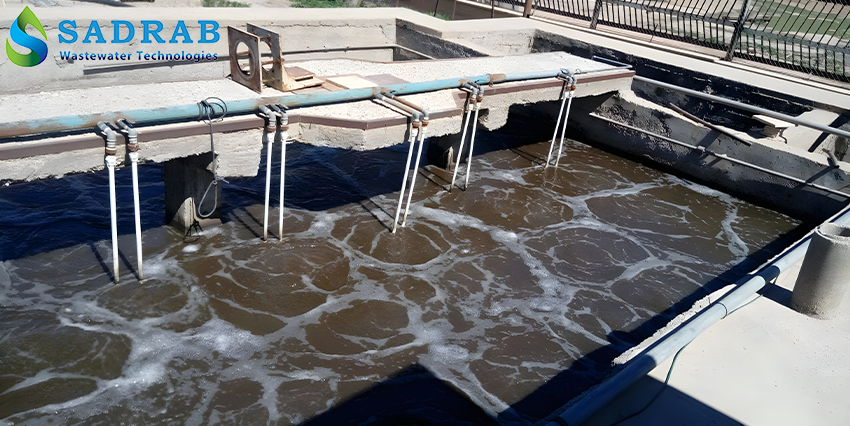
Design and Implementation of Municipal Wastewater Treatment Plants: Sadrab’s Expertise
Designing and implementing municipal wastewater treatment plants for large cities with high volumes of municipal wastewater requires technical knowledge and extensive experience. These treatment plants must have the capacity to remove pollutants on a large scale. Sadrab, as a prominent wastewater treatment company, possesses unique capabilities in designing and implementing municipal wastewater treatment plants tailored to the specific needs of each region.
These treatment plants include multi-stage systems utilizing advanced municipal wastewater treatment units that integrate physical, chemical, and biological processes. Focusing on efficiency and sustainability, Sadrab provides comprehensive solutions for municipal wastewater treatment.
Technical Aspects of the Design and Implementation Processes of Municipal Wastewater Treatment Plants
Designing and implementing municipal wastewater treatment plants involves complex technical processes that depend on the characteristics of municipal wastewater. Below are the key stages and technical aspects of these processes:
Pre-treatment:
Objective: Removal of coarse particles, fats, and suspended solids from municipal wastewater.
Methods: Screening (manual or mechanical) and primary sedimentation.
Equipment: Municipal wastewater treatment unit equipped with screening and sedimentation basin.
Technical aspect: Designing screens with 5–10 mm mesh size and a retention time of 2–4 hours in sedimentation.
Biological Treatment:
Objective: Reduction of BOD and removal of organic matter from municipal wastewater.
Methods: Activated sludge process or SBR (Sequencing Batch Reactor).
Technical aspect: Oxygen supply (DO 2–3 mg/L), hydraulic retention time (HRT) 6–12 hours, and F/M ratio (food to microorganism) 0.2–0.4. Sadrab optimizes this process in treatment plants.
Chemical Treatment:
Objective: Removal of phosphorus and remaining suspended solids in municipal wastewater treatment.
Methods: Coagulation and flocculation using alum or ferric chloride.
Technical aspect: Chemical dosing of 20–50 mg/L and pH adjustment between 6.5–7.5 for maximum efficiency.
Secondary Treatment and Disinfection:
Objective: Removal of pathogens and improvement of municipal wastewater effluent quality.
Methods: Chlorination, UV, or ozonation.
Technical aspect: Chlorine dose of 5–10 mg/L and contact time of 20–30 minutes in chlorination. Sadrab also uses UV systems to reduce chemical impacts.
Sludge Management:
Objective: Reduction of sludge volume produced in municipal wastewater treatment.
Methods: Anaerobic digestion and dewatering with filter press.
Technical aspect: Sadrab designs sludge digestion systems that generate biogas energy and optimize disposal.
Suggested Article: What is an Industrial Water Desalination System?
Conclusion
Sadrab is your consultant for finding the most optimal methods in the design and implementation of municipal wastewater treatment plants. Designing and implementing municipal wastewater treatment plants and managing municipal wastewater treatment are essential needs of modern societies.
By utilizing wastewater treatment packages, municipal wastewater treatment units, and specialized design and implementation services, sustainable solutions can be achieved. Sadrab, as a leading wastewater treatment company, offers advanced technologies and customized services, serving as your trusted advisor in finding the best approaches for municipal wastewater treatment processes.
For free consultation and professional solutions in the design and implementation of municipal wastewater treatment plants, contact Sadrab at 09119191911 We are ready to provide you with the best services.
FAQ
The design of a municipal wastewater treatment plant includes the stages of pre-treatment (removal of coarse and suspended materials), biological treatment (reduction of organic matter), chemical treatment (removal of phosphorus and remaining suspended solids), secondary treatment and disinfection (removal of microorganisms), and sludge management. This design is highly important because if not properly executed, pollutants can enter the environment and threaten public health.
Municipal wastewater treatment plants are capable of treating domestic, commercial, light industrial wastewater, as well as rainwater and urban runoff. Each type of wastewater has its own specific characteristics, and systems are designed based on these differences to ensure optimal performance.
Important parameters include the volume and type of incoming wastewater, technologies used (biological, chemical, and physical), treatment capacity, energy consumption, and ease of operation. Paying attention to these factors helps ensure the system is efficient, cost-effective, and sustainable.
Using prefabricated packages, optimizing treatment processes, employing modern low-energy technologies, and proper sludge management can reduce both capital and operational costs. Choosing a specialized company like Sadrab also helps you receive cost-effective and optimized solutions.


